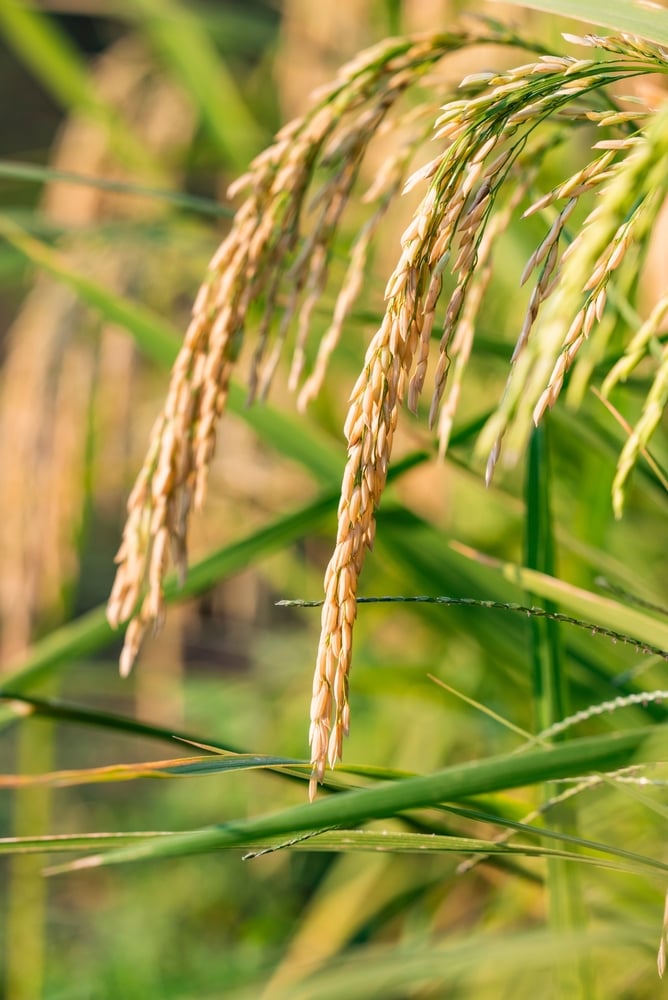FarmTrak China 2022 rice survey highlights key trends over the last 12 years

By Yuhong Wu, July 2023
According to the latest figures released in Kynetec’s FarmTrak China rice tracking study, over the last 12 years, the average planted area of rice per farm has increased.
Changes in rice planting
While transplanting remained the main planting method, the area of transplanted rice has decreased continuously from 84% of China’s total rice area in 2010 to 67% in 2022. The rice area transplanted by machine has seen a continuous increase with a CAGR of 8.6% over the last 12 years, mainly driven by the labor saving and government policy to encourage this way of planting. For large rice farms with more than 50 mu (3.3 ha), the area transplanted by machine continued to increase, reaching 56% of the rice area in 2022.

Changes in rice pesticide use
The total crop protection input on rice per season has increased continuously over the last 12 years, with CAGR of 1.9%, reaching CNY891 per ha (USD131/ha) in 2022. The major spend was on insecticide; however, the proportion of insecticide relative to other sectors has decreased, mainly due to a decline in the number of applications.
The number of herbicide applications and herbicide product treatment cost have increased over the last 12 years, driving an increase in herbicide spend per season from CNY139 per ha (USD21/ha) in 2010 to CNY309 per ha (USD45/ha) in 2022.

Changes in the multinational companies
Over the last 12 years, the total product area treated by products from multinational companies (MNCs) has decreased, with CAGR of -4.7%, which is lower than the CAGR of China’s rice total product area treated. While MNCs share of China’s total product area treated on rice has also varied across the years, their share was the highest in 2014 at 13%, and lowest in 2022, falling to 7%, mainly impacted by pest pressure changes, illegal active ingredients usage, and the improving quality and increasing promotion of domestic products.

Yuhong Wu
Director, Crop Subscription Services, China